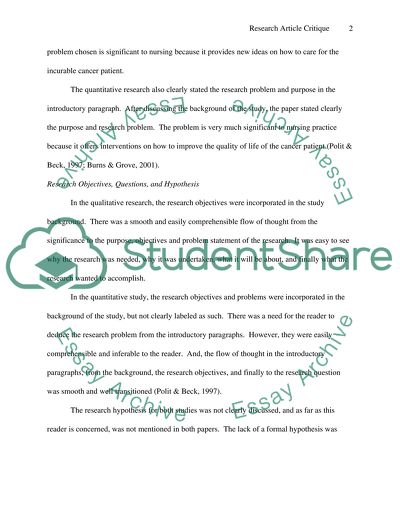Cite this document
(The Practice of Nursing Care Research on Cancer Paper, n.d.)
The Practice of Nursing Care Research on Cancer Paper. Retrieved from https://studentshare.org/nursing/1548303-research-article-critique
The Practice of Nursing Care Research on Cancer Paper. Retrieved from https://studentshare.org/nursing/1548303-research-article-critique
(The Practice of Nursing Care Research on Cancer Paper)
The Practice of Nursing Care Research on Cancer Paper. https://studentshare.org/nursing/1548303-research-article-critique.
The Practice of Nursing Care Research on Cancer Paper. https://studentshare.org/nursing/1548303-research-article-critique.
“The Practice of Nursing Care Research on Cancer Paper”. https://studentshare.org/nursing/1548303-research-article-critique.


